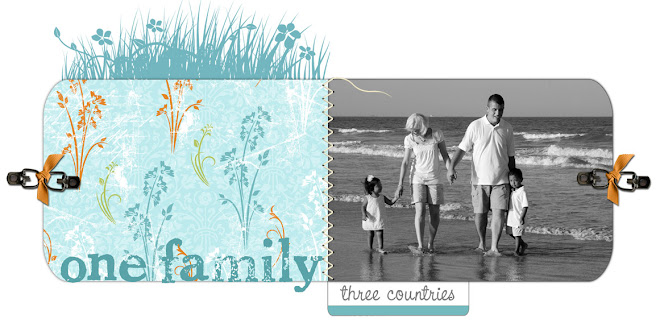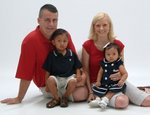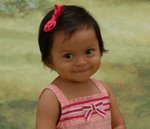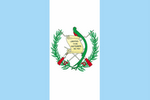Processions - Procesiones
The religious processions are organized and carried out by the brotherhoods. The brotherhoods (los hermandades) were originally called cofradías and are religious organizations. The brotherhoods are either men or women, not both. It is thought that the carriers (cucuruchos) participated solely as a form of penance. Today there is some degree of social status involved but the principal motivation is still a show of devotion by the carriers.


Each procession leaves from its church and follows a route through the streets of Antigua before returning to the church several hours later. Purple is the color of the robes worn by the carriers up to Good Friday, then the robes are black to signify mourning.
Thousands of processional carriers participate in the processions. They are all members of the brotherhood that cares for the particular sculpture. Some have participated in processions all their lives.


Processions generally begin with incense carriers and the brotherhood's banner, followed by the carriers and the float (anda). Carriers will carry the float for a block and then a new group will take their turn. Each turn is determined by the carriers' shoulder height to ensure that the float is balanced. This is very important as the floats can weigh as much as 7,000 pounds (3,150 kilograms.)


Each procession leaves from its church and follows a route through the streets of Antigua before returning to the church several hours later. Purple is the color of the robes worn by the carriers up to Good Friday, then the robes are black to signify mourning.
Thousands of processional carriers participate in the processions. They are all members of the brotherhood that cares for the particular sculpture. Some have participated in processions all their lives.


Processions generally begin with incense carriers and the brotherhood's banner, followed by the carriers and the float (anda). Carriers will carry the float for a block and then a new group will take their turn. Each turn is determined by the carriers' shoulder height to ensure that the float is balanced. This is very important as the floats can weigh as much as 7,000 pounds (3,150 kilograms.)


A block behind the main float, the women carry a smaller float (size is relative here) with the figure of the Virgin Mary. The women wear white in their procession before Good Friday. Following behind is a funeral march band and two additional floats carrying the sculptures of San Juan and Maria Magdelena.
On Easter Sunday the mood changes . The Easter Sunday procession is a joyous and celebratory occasion as Christ has risen from the grave. The mood is casual and joyful music and ringing bells can be heard. The anda bearing the risen Christ robed in white is greeted with cheers and applause, and firecrackers are set off.











No comments:
Post a Comment